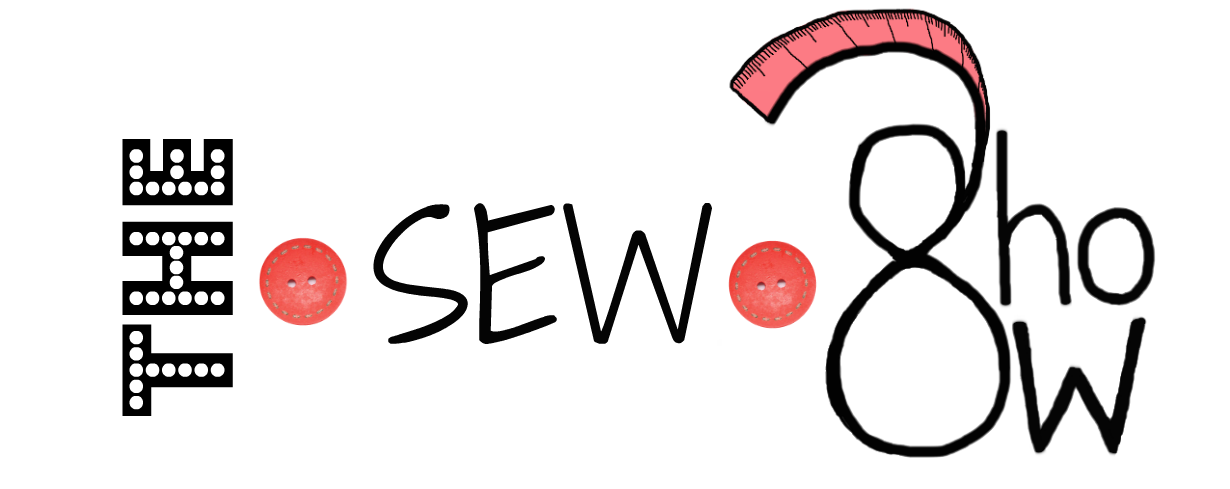One piece umbrella dress is one of the most easiest dresses to make if you're running low on time. Unlike the two piece dresses, that require you to make the top part and skirt part separately, one piece does both the work in a single go thus saving your time and effort. Umbrella dress works with almost all fabrics.
Fabric required: 3 - 3and 1/2 (approx.)
Step 1:
Start by folding your fabric from left to right (along dotted line) as shown.
Step 2:
Now we have a folded fabric with two layers of cloth. Then, fold it diagonally (along dotted line) such that the corner gets folded to form a triangle. Here, I have used a 45'' wide cloth thus, I'll get 45'' sides on the triangle.
Step 3:
Once we have folded it completely, it'll look something like the picture above. Here, the triangle part has 4 layers since we have folded it diagonally while the rectangular part remains with 2 layers as the fabric is not wide enough to cover that area.
Step 4:
If you are tracing an already stitched dress for the body measurements then fold the "measurement" dress through centre and place it diagonally along the hypotenuse (as it is mathematically called ;) ) If you have any difficulty follow the figure.
The dotted part is the "measurement" dress as you can see in the figure. Now, from the curving point C of your waist, draw a straight line towards the hypotenuse and mark it D. From this point, take your measuring tape and measure the desired length 'x' you need the skirt portion to be and let that be B. From C, draw a straight line measuring the same length as 'x' parallel to the side of the triangle and mark it A. And don't be afraid if it extends beyond the 4 layers triangle and enters the 2 layers rectangle because that's exactly what we want. Now, draw a curved line joining A and B.
Now, we have a traced figure that looks similar to the thick black line (which looks like dress) in the figure. Before we cut it out we need to remember that we have the shaded part which falls under 2 layers only so cut out another two layers of the same shaded part so that we can later join them to form the complete dress. This extra 2 layers can be cut out from the left overs of the same fabric ie..., from the rectangular side but remember that we need fabric for the sleeves too so cut them accordingly. While we cut the extra 2 layers be sure to leave seam allowance on all sides as we need to join them on the incomplete dress to form the complete one.
Once we have cut that out, cut the traced dress with seam allowance. Now sew them accordingly and don't forget to sew the extra pieces on the sides to complete your umbrella dress.
If you feel like I've missed anything, please do leave them in the comments. Please follow me if you like my blog and enjoy The Sew Show.



























































